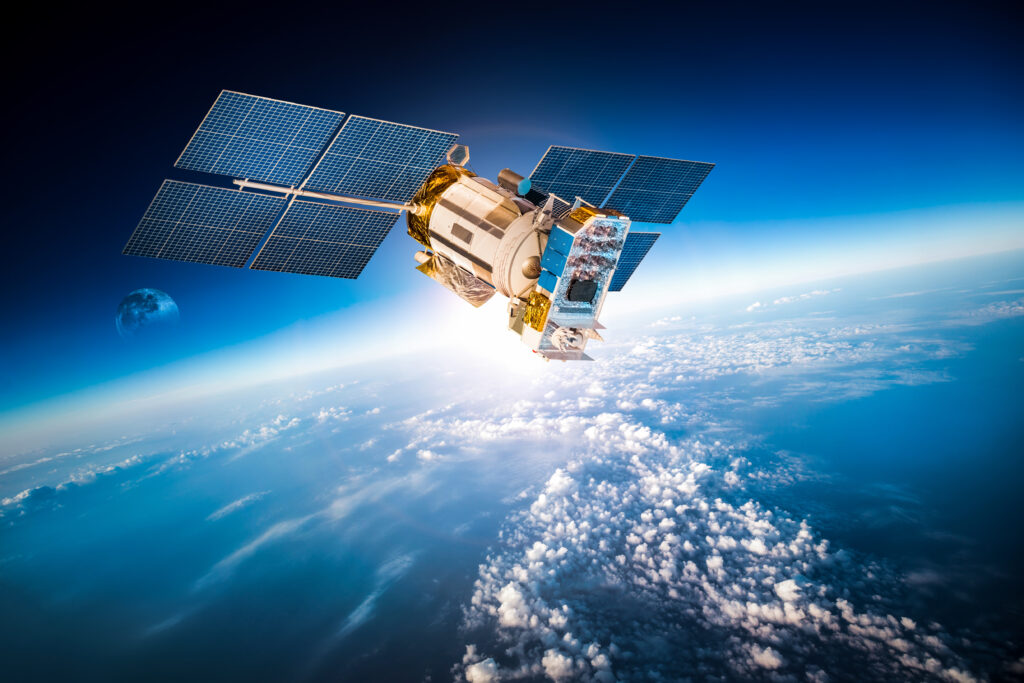How Climate Change Is Making Space More Crowded for Satellites
Why Satellites Are Losing Orbital Space
Climate change is often associated with rising temperatures, extreme weather, and melting ice caps, but its effects extend beyond Earth’s surface. Scientists have discovered that changes in the atmosphere are also impacting the space environment, making it harder for satellites to maintain their orbits. The shrinking of the upper atmosphere, caused by increasing levels of carbon dioxide, is reducing atmospheric drag, allowing space debris to linger for longer periods and creating more congestion in low Earth orbit (LEO).
How a Thinning Atmosphere Affects Satellite Orbits
The Earth’s atmosphere gradually extends into space, with the outermost layer known as the thermosphere playing a crucial role in satellite movement. Normally, the thermosphere helps clean up space debris by providing enough atmospheric drag to slow down old satellites and other objects, causing them to re-enter and burn up. However, as carbon dioxide levels rise, the thermosphere is cooling and contracting, reducing this natural drag. As a result, debris that would have previously fallen back to Earth remains in orbit for much longer.
For active satellites, this reduced drag may seem beneficial at first, as they require fewer adjustments to maintain their paths. However, the downside is that with more debris accumulating in orbit, the risk of collisions increases. This growing congestion makes space operations more challenging, particularly for companies and agencies launching new satellites for communication, navigation, and scientific research.
The Growing Problem of Space Debris
Even before climate change began shrinking the thermosphere, space debris was already a pressing concern. Thousands of defunct satellites, spent rocket stages, and fragments from past collisions are floating in orbit, traveling at high speeds. These objects pose a serious threat to operational satellites, the International Space Station, and future space missions. With atmospheric drag weakening, the cleanup process that once helped regulate debris is slowing down, making the problem worse.
A major risk is the possibility of a Kessler Syndrome scenario, in which debris collisions create more fragments, leading to a chain reaction of destruction in LEO. If left unchecked, this could make some regions of space unusable, significantly impacting global communications and space exploration efforts.
How Scientists and Space Agencies Are Responding
To address the growing risks, space agencies and private companies are developing new strategies to manage orbital congestion. Some proposed solutions include advanced tracking systems to monitor debris, active debris removal missions, and new regulations requiring satellites to deorbit within a set time after their missions end. Additionally, researchers are exploring ways to artificially increase drag on space debris to accelerate its descent, counteracting the effects of a shrinking thermosphere.
While these efforts may help mitigate the risks, the fundamental issue remains—climate change is altering the space environment in ways that were not previously anticipated. Addressing the root cause of atmospheric changes, primarily through reducing greenhouse gas emissions, is crucial to ensuring the long-term sustainability of satellite operations.
The Future of Satellites in a Changing Atmosphere
As climate change continues to reshape both Earth and space, scientists and engineers must adapt to the new challenges it presents. The shrinking of the upper atmosphere is yet another reminder that human activity has far-reaching consequences, even beyond our planet. Managing the increasing congestion in orbit will require innovation, cooperation, and a commitment to protecting the fragile balance of our space environment.


